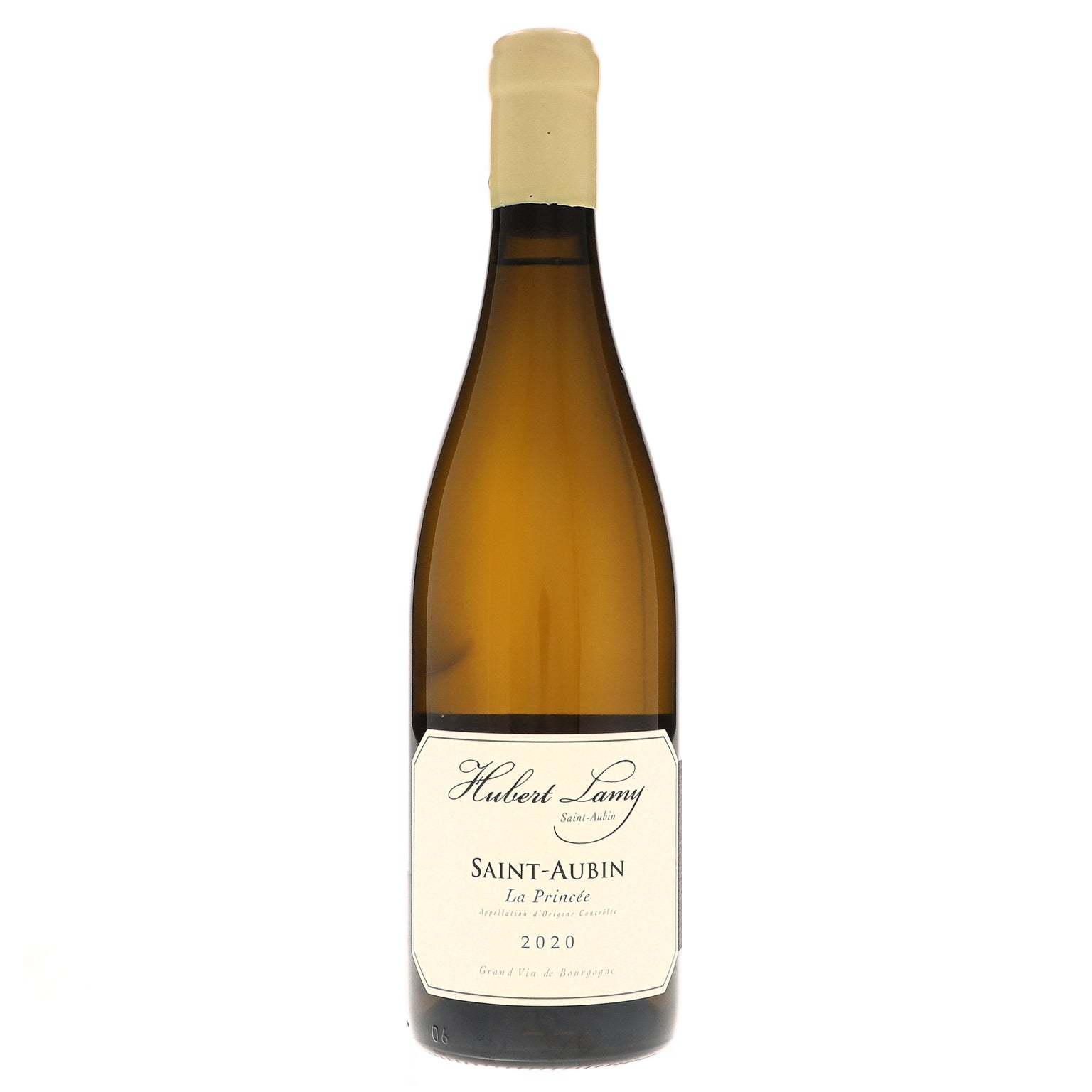Hubert Lamy
Add to Favorites
Please Log In
Log in or sign up to add this producer to favorites.
23 products
Coming up as a sommelier at a fancy French restaurant in Napa Valley, I was subjected to a wild wealth of impressive white Burgundies; so extensive was (is) the list, that the occasional "value" white Burgundy would stick out more often than a Grand Cru. So was the case in the early 2010s for me, stumbling across what was then a "humble" wine - a Saint-Aubin bearing the name of Hubert Lamy. It was supple, Meursault-esque in its texture and aromatics yet different. Much like Joe Pesci might muse were he a sommelier, "Different HOW?"
Well, the difference is one man, Olivier Lamy, who came to inherit the domaine from his father Hubert and elevated the quality to wildly high standards. Today the wines are so beguiling, so sought-after and intense in their flavor profile that we can no longer call these "humble", yet in the grand scheme, Olivier's wines do still represent value; no matter what price point they inhabit on any given day, few others could ever hope to embody such class, elegance and purity.
Founded by Hubert in the mid-1970s, Olivier's arrival in 1995 to the winemaking team elevated the property to the heights it has reached today. Located in Saint-Aubin, Olivier stopped selling the family's grapes to negociants and focused on elevating each and every plot the family owned. With this effort and the inclusion of several high-density plantings, the Lamy name today is synonymous with class, precision and ultimate elegance.
In the vineyards, all practices are organic and tireless in their efforts. The experiments of high-density plantings in 0.10-hectare sized plots within Chez Edouard (Saint-Aubin) and Les Tremblots. (Puligny) at 28-30,000 vines per hectare were incredibly successful and represent the pinnacle of Olivier's work ethic.
In the cellar, there is very little time wasted, with the grapes pressed from their skins immediately, and the barrels have become larger to deemphasize the impact of oak, allowing the freshness to shine through. Reds and whites are fermented in different cellars to allow whites to ferment slower within a cooler cellar, creating a wine of impeccable class and structure. Reds are always de-stemmed and allowed to soak prior to fermentation, prior to 12-18 months' aging.




























